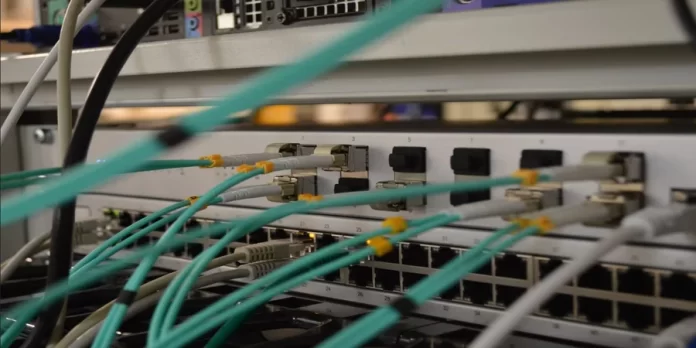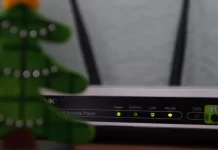The world of networking is evolving rapidly. Devices are becoming smarter and demand efficient, flexible solutions for simple and reliable connectivity. One such solution is PoE – Power over Ethernet. This technology delivers both data and power through a single Ethernet cable. As a result, separate power supplies are no longer needed, which significantly simplifies installation.
One major advantage is the ability to use PoE devices in locations where installing power lines is difficult. A single cable provides both connectivity and power. This not only reduces installation costs but also increases safety, as the voltage at the endpoint devices remains within safe limits. While such solutions were previously used mostly in business environments, PoE has now reached the consumer market with the introduction of devices like door cameras, repeaters, and Wi-Fi access points for home use.
Managed or Unmanaged Switch – What’s the Difference?
There are two types of PoE switches: managed and unmanaged.
An unmanaged switch is very easy to use – plug-and-play with no configuration required. It automatically distributes network traffic and works right out of the box.
A managed switch, on the other hand, offers much more control. It allows you to configure features like VLANs, traffic prioritization, and individual port settings. This makes it possible to optimize and secure the network more effectively. Such functionality is especially important in professional environments like offices or video surveillance systems.
Why a Managed PoE Switch Is a Smart Investment
Managed PoE switches are increasingly being used not only in commercial and semi-professional installations but also by private users. They are ideal for more complex networks where reliability, security, and scalability are essential. For example, when multiple IP cameras need to run simultaneously or when separate network zones need to be created using VLANs.
Another key advantage is cost savings. Since no separate power supplies are required, expenses for cabling, outlets, and installation are reduced. At the same time, the network remains manageable and easy to expand.
What to Consider When Choosing a Switch
Pay close attention to the total PoE power budget. For instance, an 8-port switch with a total power of 150W cannot supply 30W to every port at once. Depending on the type of devices you want to connect, you should estimate how many ports can be powered simultaneously.
For home use, a simple switch is often sufficient. But if you plan to power multiple devices via Ethernet, a managed PoE switch offers far more convenience, safety, and control. It’s a future-proof solution for anyone who takes their network seriously.





